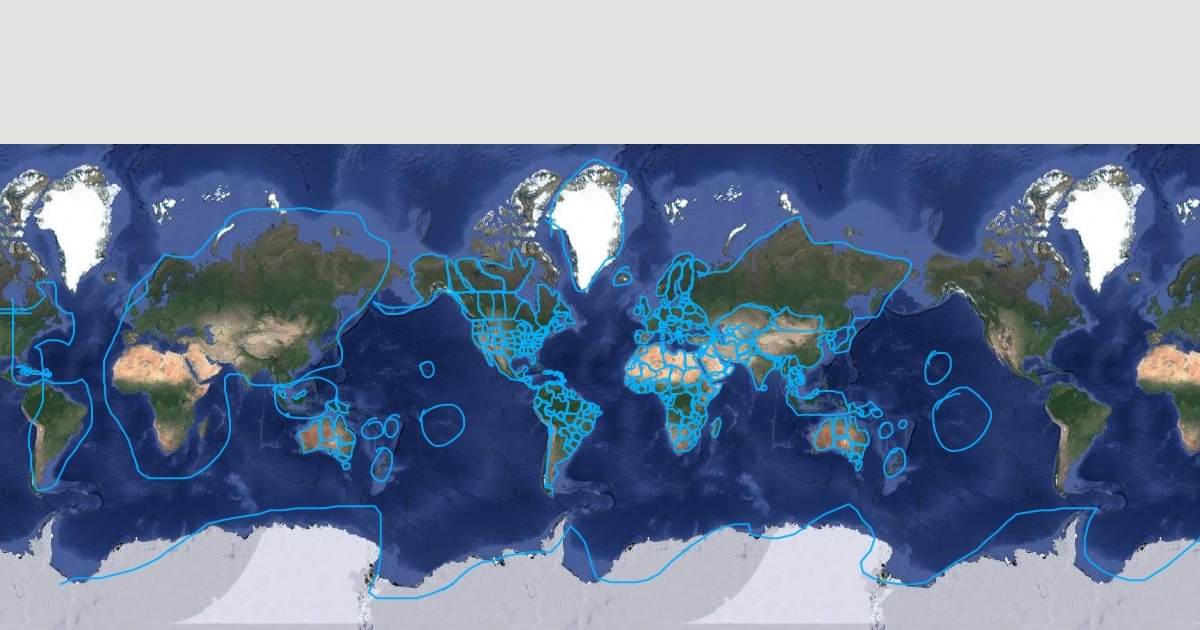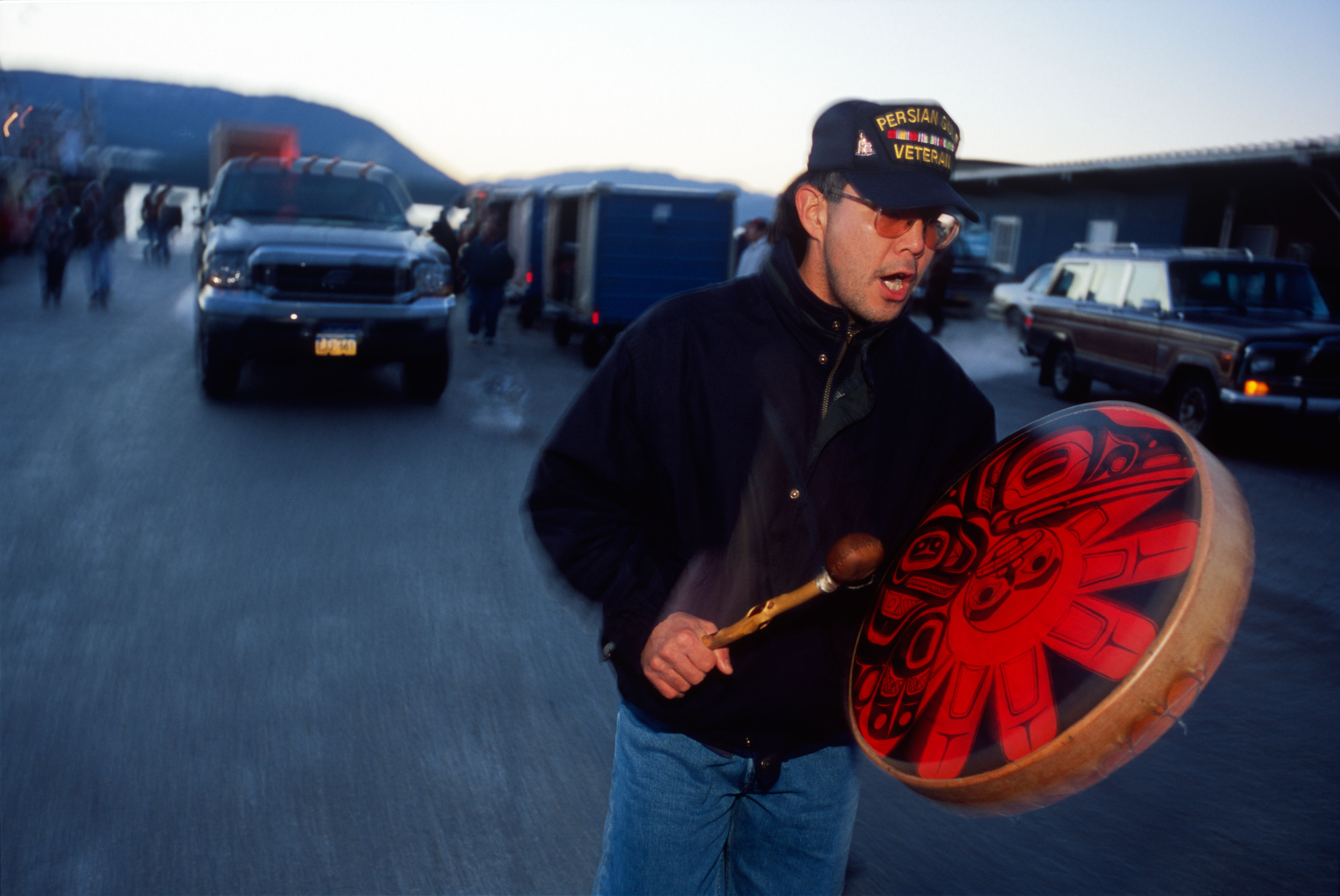
Beyond the Map: Experiencing the Living Heritage of Tlingit Nation Clan Territories
For the discerning traveler, the quest for authenticity goes beyond mere sightseeing. It demands immersion, understanding, and a deep respect for the places we visit. Nowhere is this more profoundly experienced than within the ancestral homelands of the Tlingit Nation, a vast and breathtaking expanse of Southeast Alaska, parts of British Columbia, and the Yukon Territory. To embark on a journey here is not simply to traverse a landscape; it is to navigate a living map of history, culture, and identity, guided by the intricate and deeply significant concept of Tlingit historical clan territories.
This isn’t a review of a single monument or a static museum exhibit. Instead, we are reviewing the experience of engaging with an entire region, framed through the lens of the Tlingit people’s profound connection to their land and waters, meticulously charted not just on paper, but in oral histories, songs, and the very fabric of their societal structure for millennia. This is a journey that transcends typical tourism, offering a rare opportunity to connect with a vibrant Indigenous culture on its own terms.
The Map as a Living Narrative

Forget the conventional political maps that delineate modern state and provincial boundaries. To understand and truly experience the Tlingit homeland, one must grasp the concept of ánxaa dakh kwaan – clan territories. These aren’t arbitrary lines; they are rich tapestries woven from generations of occupancy, resource management, spiritual connection, and historical events. Each clan (e.g., Kiks.ádi, Kaagwaantaan, L’uknax.ádi, Wooshkeetaan) holds stewardship over specific areas, identified by geographical features, traditional place names, and the stories embedded within them.
For the traveler, this means approaching the landscape not just as a collection of beautiful fjords and islands, but as a mosaic of ancestral domains, each with its own custodians and narratives. While physical maps illustrating these territories are increasingly available through Tlingit cultural institutions like the Sealaska Heritage Institute, the true "map" is found in the stories told by elders, the totems standing sentinel in villages, the language spoken, and the very presence of Tlingit communities. This interpretive framework transforms a scenic tour into a profound cultural pilgrimage.
The Landscape: An Extension of Identity
The sheer majesty of the Tlingit homeland is undeniable. Jagged, snow-capped mountains plunge into deep, emerald fjords. Ancient rainforests, dripping with moss and mist, cling to steep slopes. Glaciers calve into icy waters, while salmon-rich rivers pulse with life. This is a landscape of unparalleled wild beauty, but for the Tlingit, it is far more than scenery. It is Aan Yátx’u Sáani – the sacred land.

Traveling through these territories, whether by ferry, floatplane, or kayak, allows one to witness the physical manifestations of clan identity. A specific island might be known for its traditional berry patches, stewarded by one clan. A particular fishing ground, abundant with halibut or salmon, belongs to another. The very names of mountains, rivers, and bays often reflect ancestral events, clan migrations, or significant spiritual sites.
For instance, the Kiks.ádi clan’s traditional territory includes much of Sitka, a historical epicenter of Tlingit culture and later, Russian colonization. Visiting Sitka National Historical Park, you walk amidst towering totem poles that tell Kiks.ádi stories, near the site of their ancestral fort, which bravely defended their land against Russian invaders. Understanding this connection elevates the experience from simply admiring carvings to grasping a deep, living history.
Engaging with Tlingit Culture: Beyond the Surface
A journey through Tlingit clan territories is incomplete without direct engagement with the people themselves. This means seeking out opportunities to learn from and support Tlingit communities.
- Cultural Centers and Museums: Begin your journey at institutions like the Sealaska Heritage Institute in Juneau or the Walter Soboleff Building. Here, you’ll find comprehensive exhibits, art galleries, and educational programs that illuminate Tlingit history, art, language, and the concept of clan territories. These are invaluable starting points for understanding the context of your travels. Similarly, the Sitka National Historical Park offers a deeper dive into Tlingit history and art, set within ancestral lands.
- Village Visits: Explore Tlingit communities such as Hoonah (the largest Tlingit village in Alaska), Klukwan (a historically significant traditional village near Haines), or Yakutat. These are not theme parks; they are living communities. Seek out local guides, cultural tours, and opportunities to support local businesses. Always remember to approach with respect and an open mind.
- Art and Craft: The Tlingit are renowned for their exquisite art – carving (totem poles, masks, boxes), weaving (Chilkat blankets, Ravenstail robes), and jewelry. Look for authentic pieces in local galleries and directly from artists. Purchasing directly supports the perpetuation of these vital cultural practices. Many communities offer workshops or demonstrations where you can witness these ancient skills firsthand.
- Oral Histories and Language: If given the opportunity, listen to elders share stories. These narratives are the true "maps," detailing clan migrations, battles, resource sites, and spiritual teachings. While the Tlingit language (Lingít) is critically endangered, efforts are underway to revitalize it. Learning a few basic phrases ("Gunalchéesh" – Thank you) demonstrates respect.

Specific Points of Interest (within the broader "territory review"):
While the entire region is the destination, certain places offer particularly rich insights:
- Juneau: As the state capital, Juneau is home to the Sealaska Heritage Institute and serves as a major hub for accessing other Tlingit communities. It’s a great starting point for understanding the broader cultural landscape.
- Sitka: Rich in Kiks.ádi history, Sitka offers a tangible connection to Tlingit resilience and artistry through its National Historical Park, where ancient totem poles stand in their original setting.
- Ketchikan: Known as the "Salmon Capital of the World," Ketchikan is also home to a significant Tlingit population and features the Totem Heritage Center and Saxman Native Village, showcasing impressive collections of totem poles and providing cultural demonstrations.
- Haines/Klukwan: Klukwan, an ancient Tlingit village, is particularly notable for its Chilkat Indian Village, home to master weavers and carvers dedicated to preserving traditional arts. The surrounding territory is historically significant for the Chilkoot and Chilkat Tlingit.
- Teslin (Yukon Territory): For those venturing into the Yukon, the Teslin Tlingit Heritage Centre offers another crucial perspective on the inland Tlingit and their distinct adaptations to the interior environment.
Responsible and Respectful Travel:
This journey demands more than just admiration; it requires active participation in respectful tourism.
- Educate Yourself: Before you go, learn about Tlingit history, culture, and current issues. Understand the concept of sovereignty and Indigenous land rights.
- Support Local: Prioritize Tlingit-owned businesses, guides, artists, and accommodations. Your tourism dollars should directly benefit the communities you visit.
- Ask Permission: When visiting villages or sacred sites, always ask permission before taking photos or entering private areas. Respect cultural protocols.
- Listen and Learn: Approach interactions with humility and a genuine desire to learn. Be a respectful guest.
- Leave No Trace: Practice responsible outdoor ethics, protecting the pristine environment that is so central to Tlingit identity.
- Be Patient: Life in many rural Alaskan communities operates on a different rhythm. Embrace it.
The Enduring Impact
Traveling through the Tlingit Nation’s historical clan territories is not merely a vacation; it is an educational, spiritual, and deeply human experience. It challenges preconceptions, expands understanding, and leaves an indelible mark. By engaging with the land through the lens of Tlingit history and culture, by listening to the stories embedded in every fjord and forest, you gain an appreciation for a heritage that has thrived for millennia.
This journey is a powerful reminder that maps are not just tools for navigation; they are repositories of identity, memory, and an enduring connection between people and place. To experience the Tlingit homeland is to step onto a living map, where every vista, every community, and every story unveils a deeper layer of a truly extraordinary culture. It’s an adventure for the soul, a profound lesson in stewardship, and a testament to the vibrant resilience of the Tlingit people. Book your trip, but prepare to have your worldview expanded.

